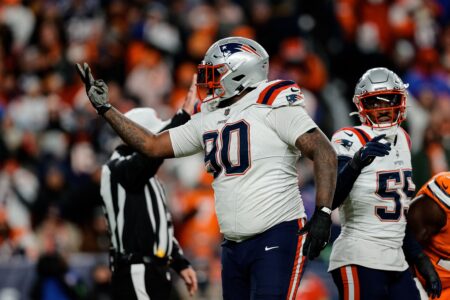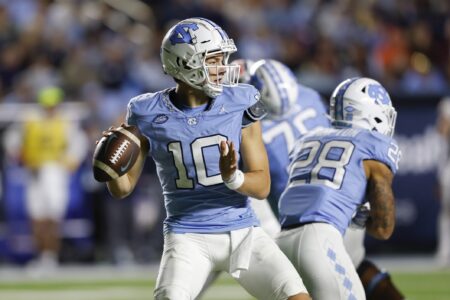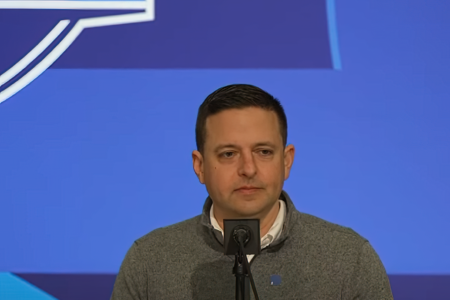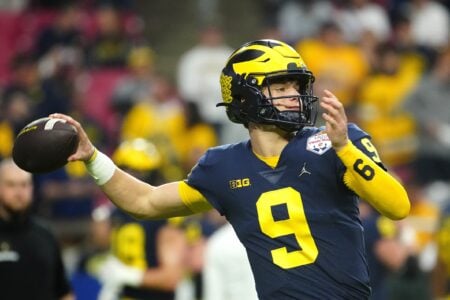tom.kordis
Practice Squad Player
- Joined
- Feb 4, 2015
- Messages
- 130
- Reaction score
- 72
I just started a list of the info that will be required to answer all the various technical questions related to temperature & pressure.
Hopefully, the Wells investigation will gather ALL of this info.
This list specifically excludes any politics, any who done what, who said what to whom.
I'm only interested in the tech questions.
I'm posting it to see if others can come up with some more variables that I missed.
After a couple of days, I'll send the list to Wells & to the Pats organization.
No idea what good it'll do. It might delay the report another 3 months..!
__
Pats balls info needed
Colts balls info needed:
Hopefully, the Wells investigation will gather ALL of this info.
This list specifically excludes any politics, any who done what, who said what to whom.
I'm only interested in the tech questions.
I'm posting it to see if others can come up with some more variables that I missed.
After a couple of days, I'll send the list to Wells & to the Pats organization.
No idea what good it'll do. It might delay the report another 3 months..!
__
Pats balls info needed
- Location that the Pats balls were checked at half time? On field? In locker room? Both?
- Approximate time between Pats balls taken into locker room & pressure checked.
- Type of pressure gage used. Spring & plunger? Bourdon Tube? Electronic?
- Last calibration of pressure gage.
- Pressure of EACH Pats ball at start of half time, to best recollection.
- Clarify “11 of 12 balls” comment. Where was 12th ball? On Colts’ sideline?
- Pressure to which the referees re-inflated the Pats balls prior to 2nd half.
- We presume that the Pats ball that the Colts intercepted was the trigger for the referees' investigation at half time. Is this true?
- What is the best estimate of the number of times that ball was pressure checked by the Colts staff, prior to being shown to the referees?
Colts balls info needed:
- Colts balls location & approximate temperature for 3 hours before referee’s pre-game inspection.
- Pressure that Andrew Luck sets his footballs.
- Did the referees measure the Colts’ balls on the field at half time? In the locker room?
- Pressure, to the best recollection, of all of Colts balls on field.

















